Bollywood legend Raj Kapoor is best remembered for his brilliant films, beautiful music and timeless cinematic legacy, which includes a famous family of stars.
His impressive body of work, which entertained generations – including Barsaat, Awaara, Shree 420, Chori Chori, Sangam, Mera Naam Joker, Bobby, Prem Rog and Satyam Shivam Sundaram – is widely known. But beyond the many milestones, impact and his larger-than-life persona, there are rare facts about Kapoor that make him even more fascinating.
Born on December 14, 1924, he passed away on June 2, 1988, aged 63. Eastern Eye marks his death anniversary this week by taking a deeper dive into his life and revealing 20 things you may not know about him.
Name: The superstar’s birth name was Ranbir Raj Kapoor. The name ‘Raj’ was also given as the middle name to all his brothers. His grandson, actor Ranbir Kapoor, is named after him.
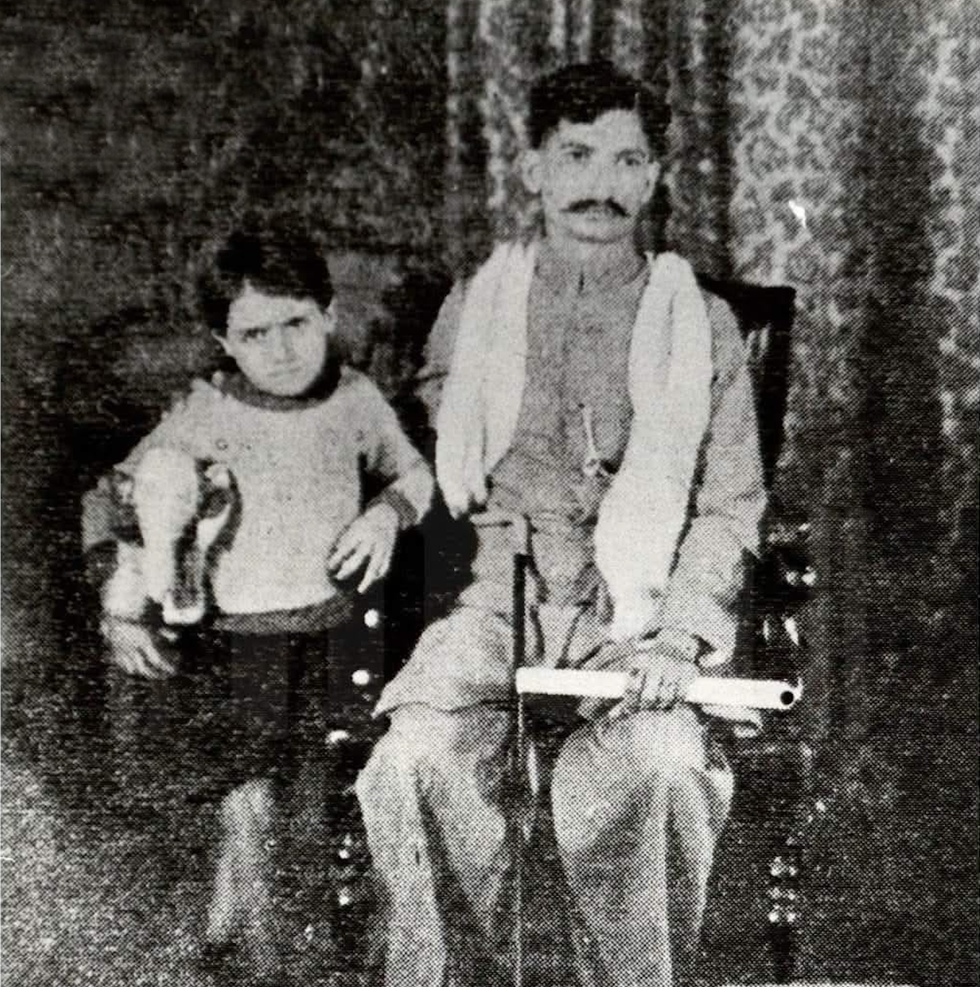
Debut: Kapoor made his debut as a child artiste in Inquilab (1935) before taking on a lead role in Neel Kamal (1947). However, his first appearance on screen was in a lesser-known Bengali film, BariDadi, as a very young child.
Beginning: Unlike star kids today, Kapoor did not receive any special privileges. The son of legendary actor Prithviraj Kapoor started at the bottom – sweeping studio floors and working as a clapper boy.
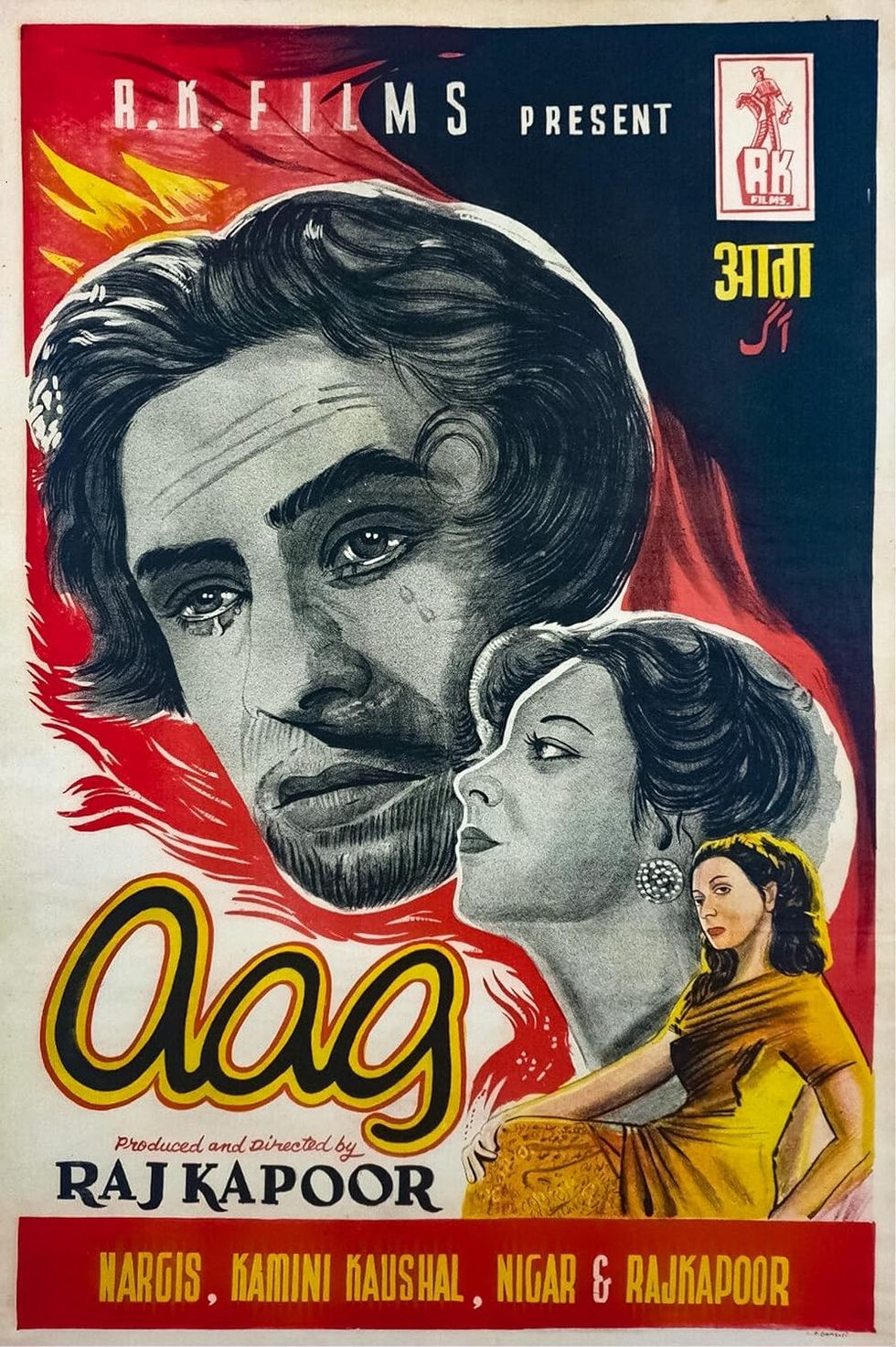
Young sensation: Did you know that Kapoor was only 24 when he founded his iconic production banner RK Films in 1948? That same year, he also produced, directed and starred in Aag.
Discovery: Kapoor discovered several leading talents, including launching teenage sensation Dimple Kapadia in Bobby (1973). Actress Nimmi was also discovered by him – she was visiting a shoot when Kapoor offered her a role in his 1949 hit Barsaat, which she accepted.
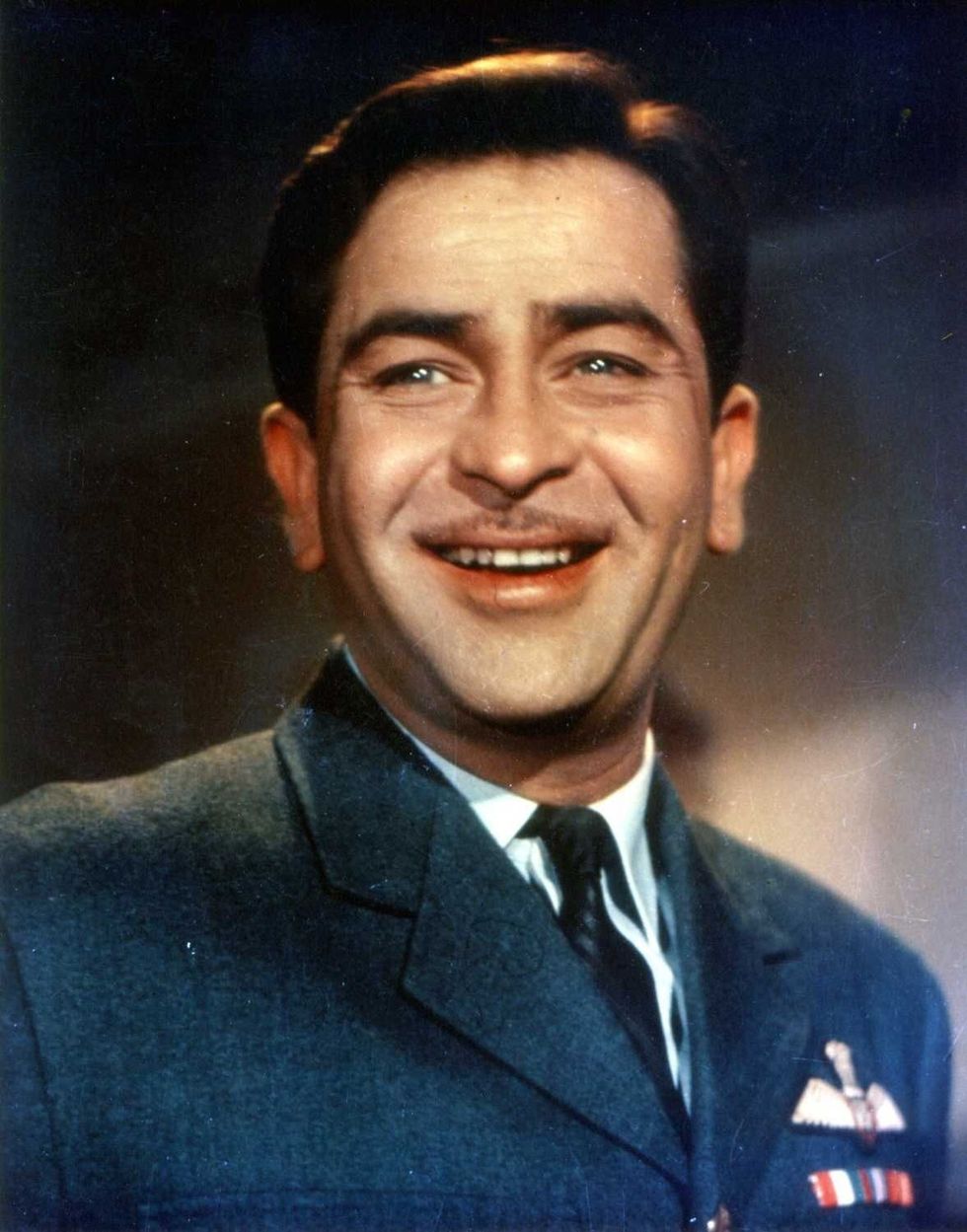
Music: Shankar–Jaikishan, who delivered some of Bollywood’s greatest soundtracks – including Awaara, Shree 420, Chori Chori, Yahudi, Junglee, Professor, Janwaar and Brahmachari – were working in Kapoor’s father’s theatre company when he gave them their first film break, composing for Barsaat.
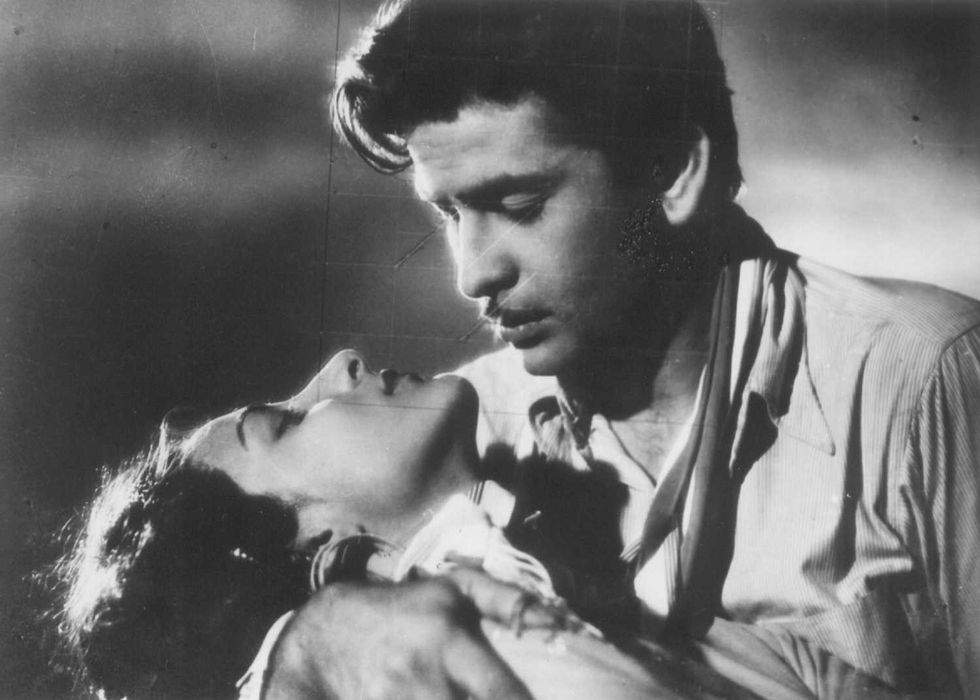
Record-breaker: At just 25, Kapoor’s 1949 production Barsaat became the highest-grossing Hindi film of its time. Soon after, while he was still in his 20s, he built his own film studio.
Inspiration: Charlie Chaplin had a profound influence on Kapoor. The Indian actor was moved to tears when he finally met his idol.
Poet: Renowned lyricist Shailendra, who wrote evergreen songs such as Awaara Hoon (Awaara), Mera Joota Hai Japani (Shree 420), Ajeeb Dastan Hai Yeh (Dil Apna Aur Preet Parai), Dost Dost Na Raha (Sangam) and Aaj Phir Jeene Ki Tamanna Hai (Guide), was first spotted by Kapoor at a poetry gathering. He offered him the chance to write for films.
Near miss: Kapoor’s 1951 classic Awaara broke box-office records and took Hindi cinema global, but he almost didn’t produce, direct and star in it. Writer Khwaja Ahmad Abbas had initially offered the story to Mehboob Khan, but withdrew it after objecting to his casting choices (Ashok Kumar and Dilip Kumar as father and son). He later handed the story to Kapoor, starting a dream partnership that included Shree 420 (1955), Jagte Raho (1956) and Bobby (1973).
Pathbreaker: Kapoor used striking locations in his films, but with Sangam (1964), he pioneered the trend of shooting across international sites – including London, France and Switzerland – setting a precedent for other producers.
Fight: At the premiere of Sangam, a heated argument broke out between Kapoor and writer Inder Raj Anand. Anand reportedly slapped Kapoor. Kapoor retaliated by having him banned from Bollywood, resulting in Anand losing 18 film projects, and subsequently suffering a heart attack. The two later reconciled.
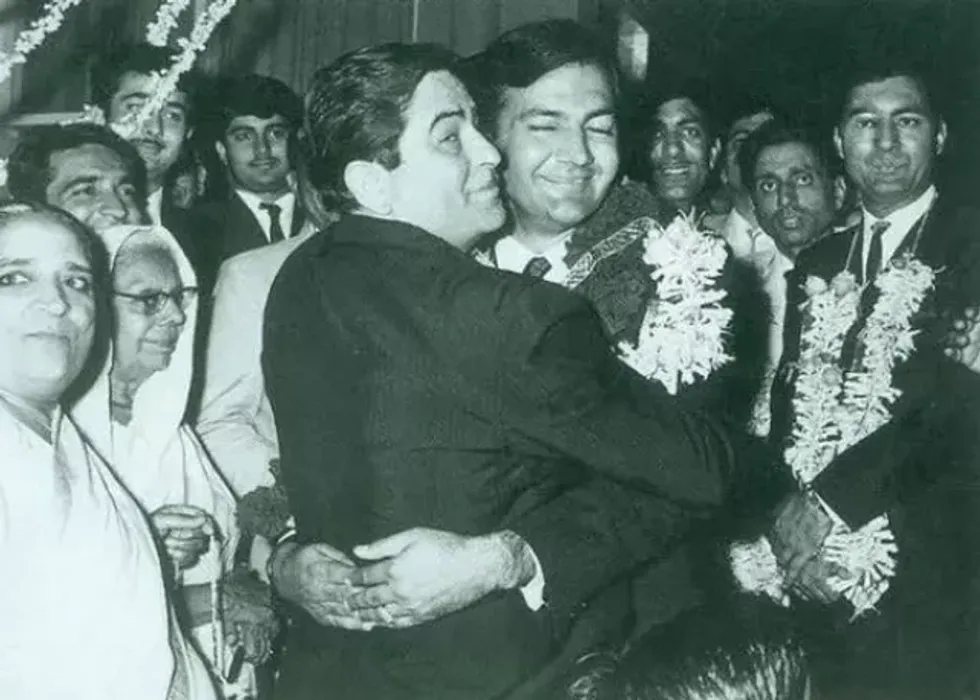
Relations: Most fans know of Kapoor’s famous family members across generations – including Shammi, Shashi, Rishi, Kareena, Karisma and Ranbir Kapoor. But few realise his brothers-in-law included actors Prem Nath and Prem Chopra.
All-rounder: Affectionately called “the great showman”, Kapoor was best known as an actor, director and producer. But he was also a skilled musician and contributed creative ideas for the songs in his films. He was a respected film editor too.
Hidden gem: While Kapoor is best known for classics he starred in or directed, he also produced Boot Polish (1954), regarded as one of the finest children’s films ever made in Bollywood. It won multiple awards and remains a hidden gem in his body of work.
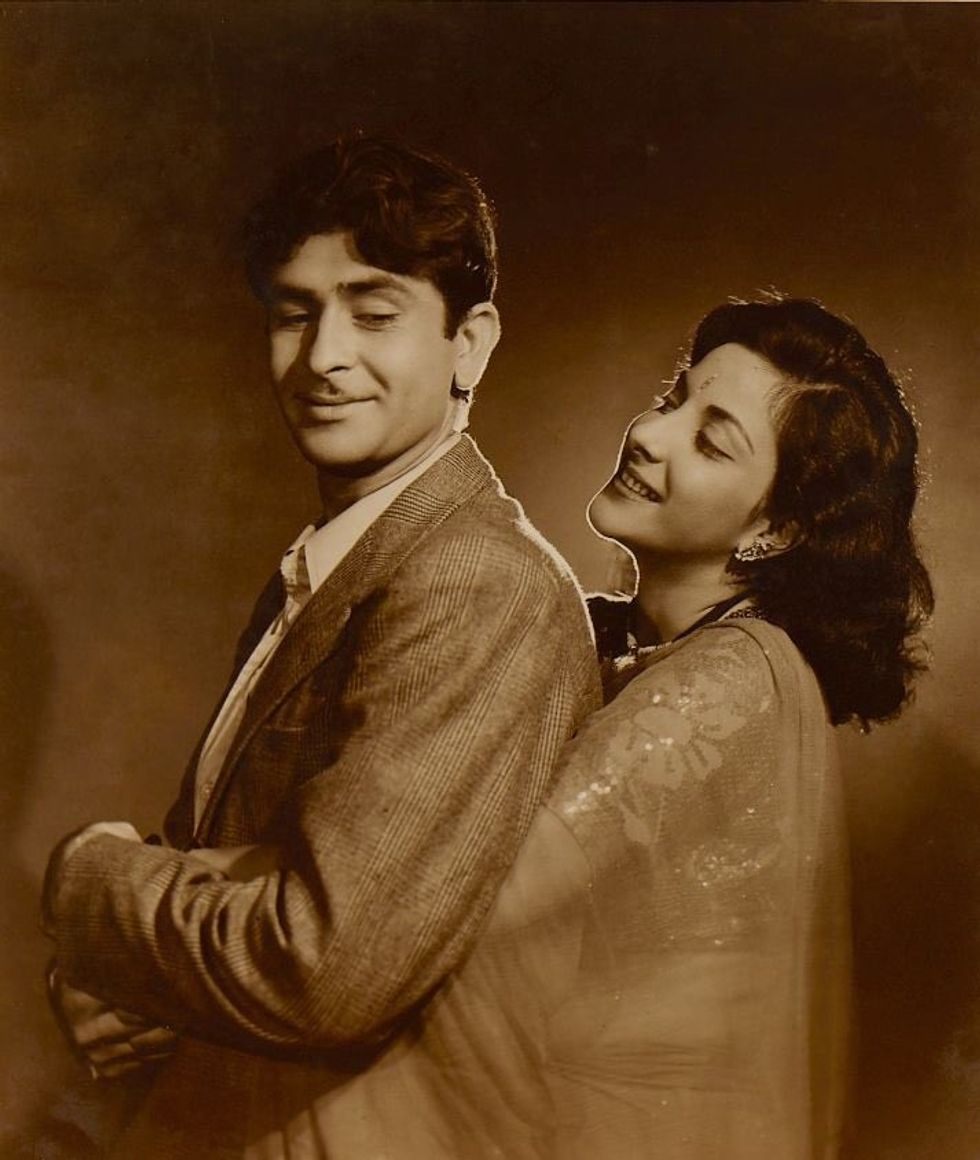
Heartbreak: The affair between Kapoor and Nargis is well known. After she married Sunil Dutt, Kapoor was reportedly so heartbroken that he burned himself with cigarettes, drank heavily and cried for days.
Other affair: Few know about Kapoor’s extra-marital relationship with actress Vyjayanthimala. Rishi Kapoor revealed that his mother temporarily moved into a hotel with their children and gave Kapoor an ultimatum to end the affair, which he did.
Failure: Mera Naam Joker (1970) is now seen as an all-time classic, but it was a commercial disaster on release and nearly bankrupted Kapoor. He bounced back with the low-budget Bobby (1973), which became a massive hit.
Cooking: Away from films, Kapoor had a passion for cooking – it was how he relaxed. Though he loved simple home-cooked meals, the self-confessed foodie also knew fine dining well and regularly hosted lavish dinner parties.
Friendship: After the record-breaking success of Andaz (1949), Kapoor and Dilip Kumar never acted together again, leading many to assume they were rivals. In fact, they shared a deep friendship and were both born in Peshawar. Kapoor even offered Kumar a lead role in Sangam (1964), letting him choose between the two parts. Kumar was devastated by Kapoor’s death and was by his side in hospital during his final days.
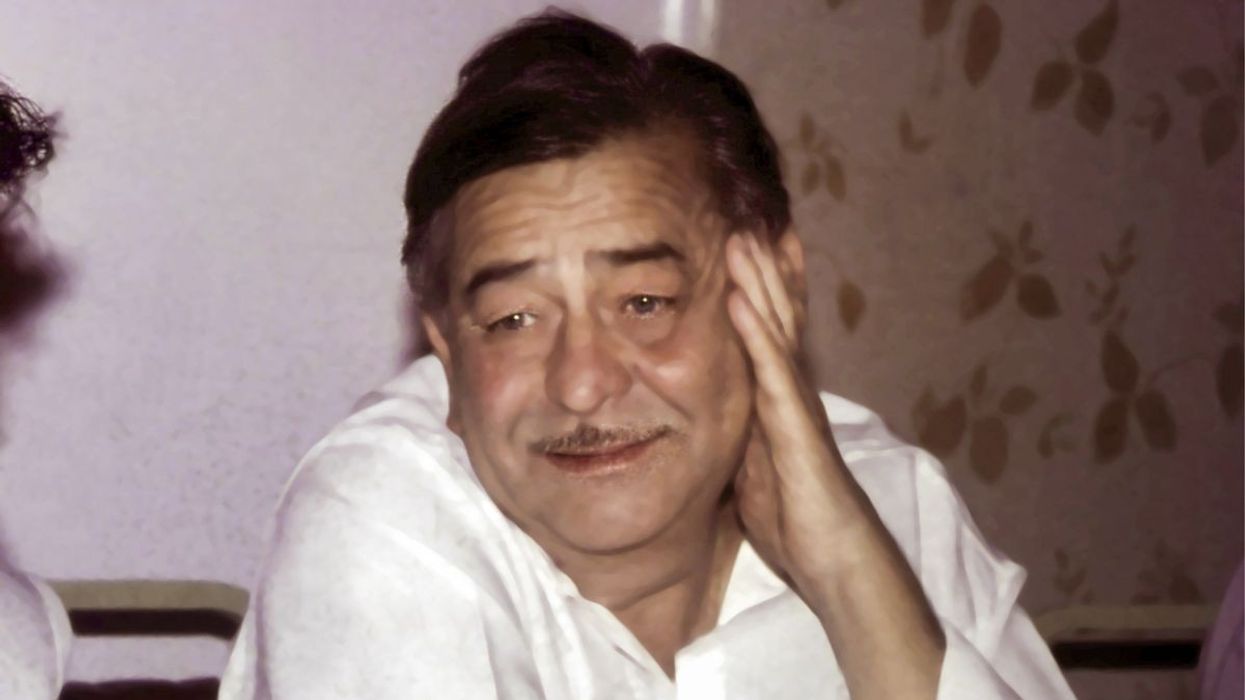
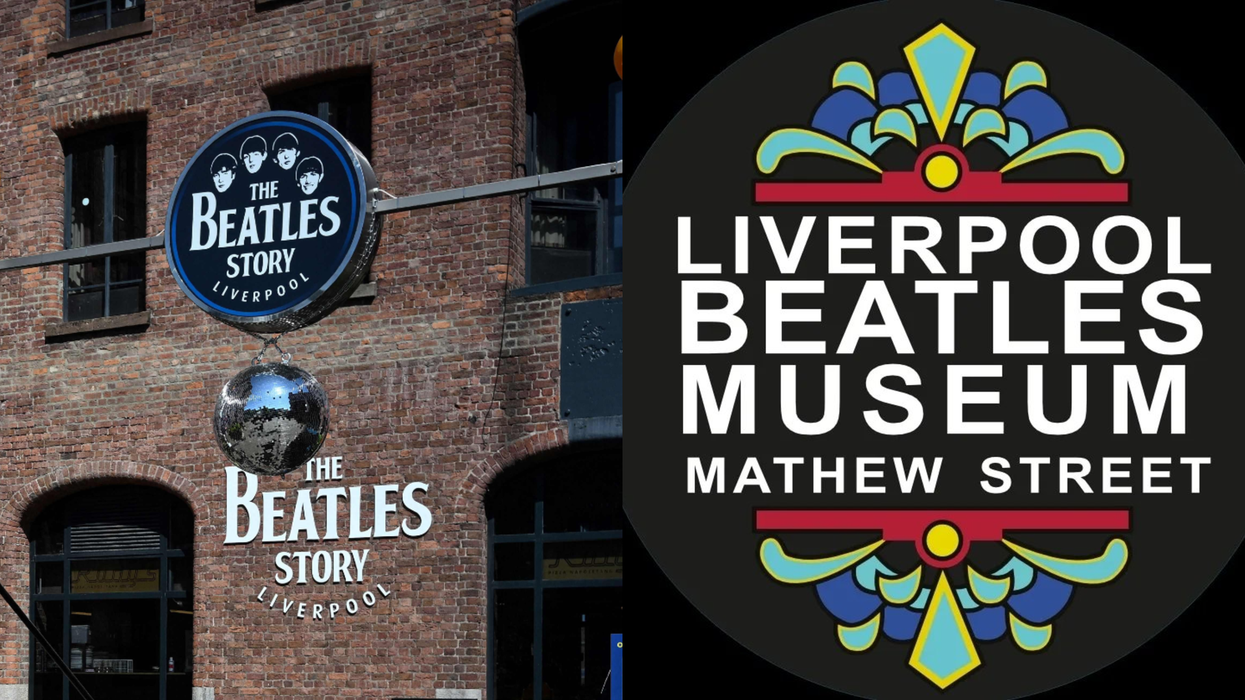
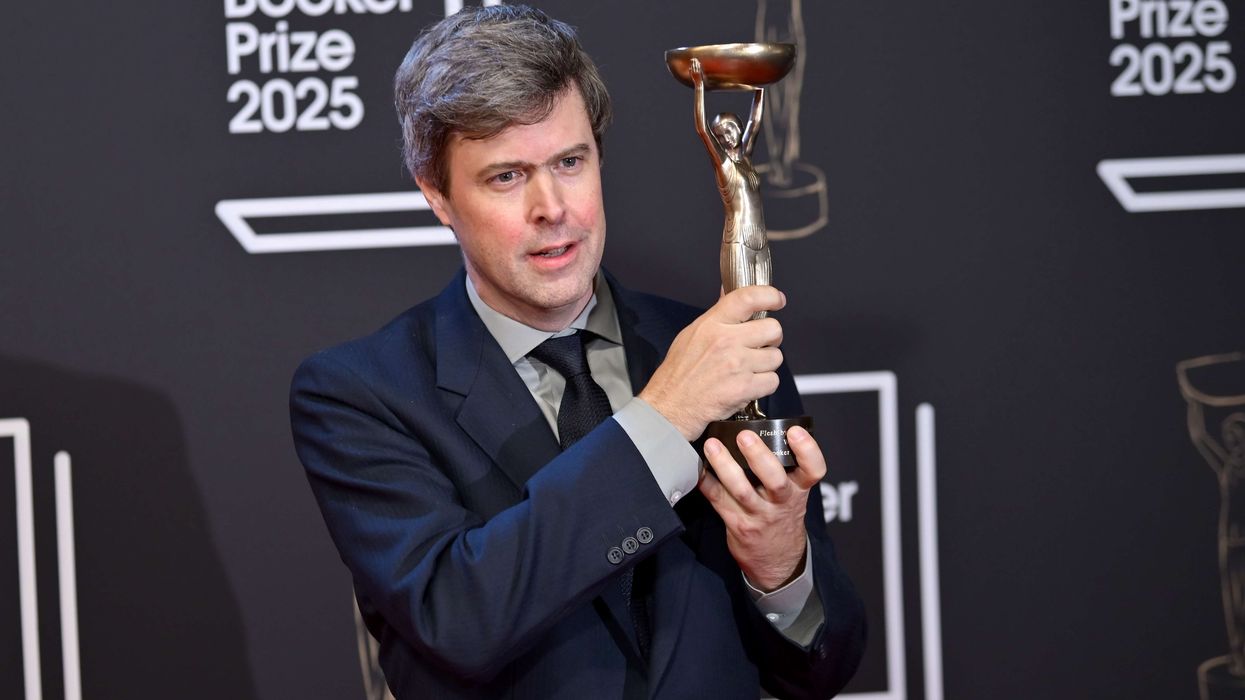
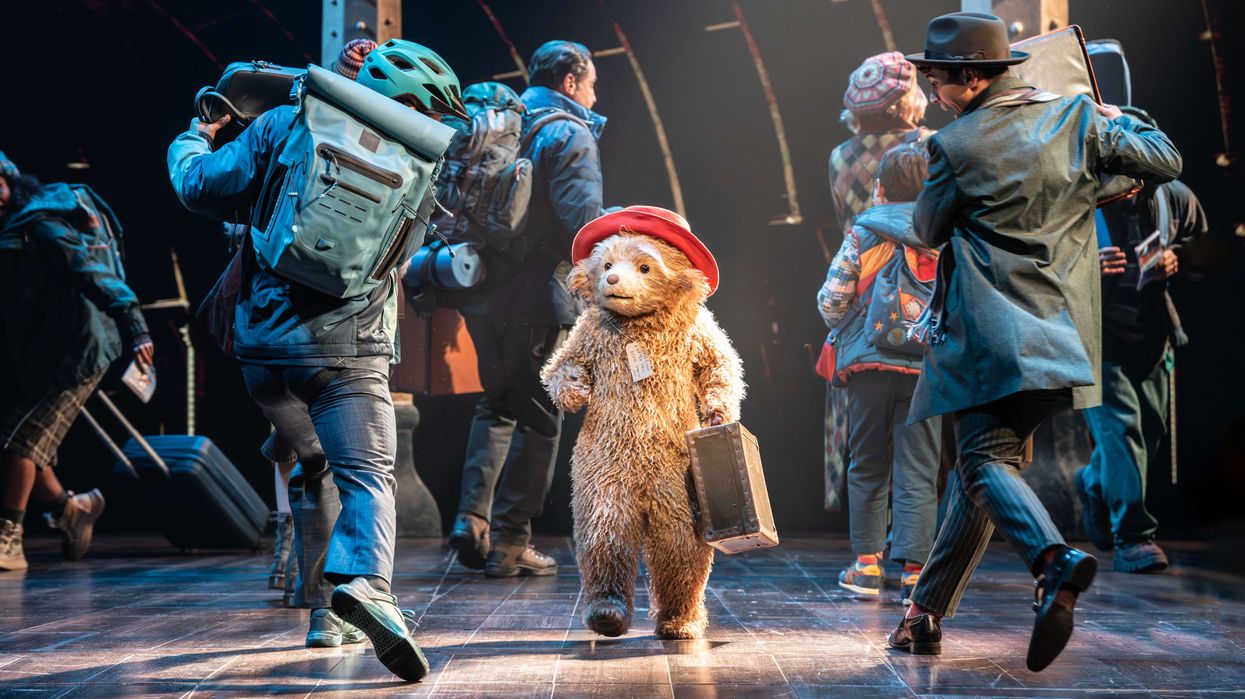
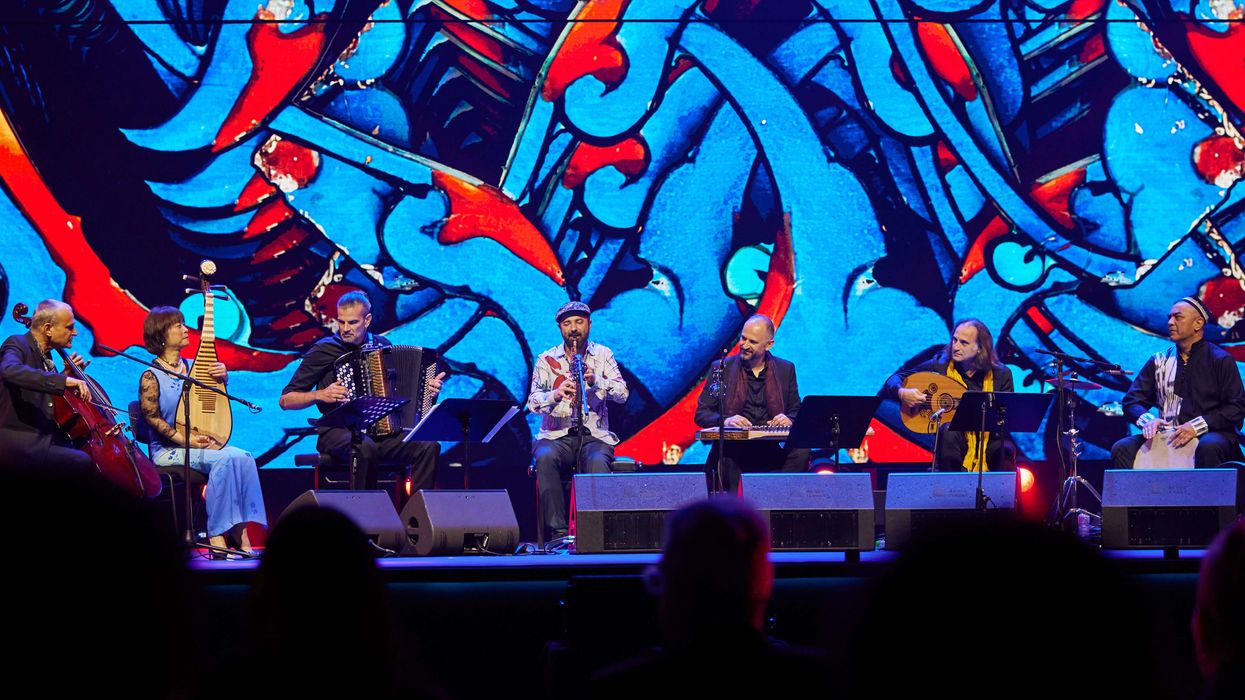
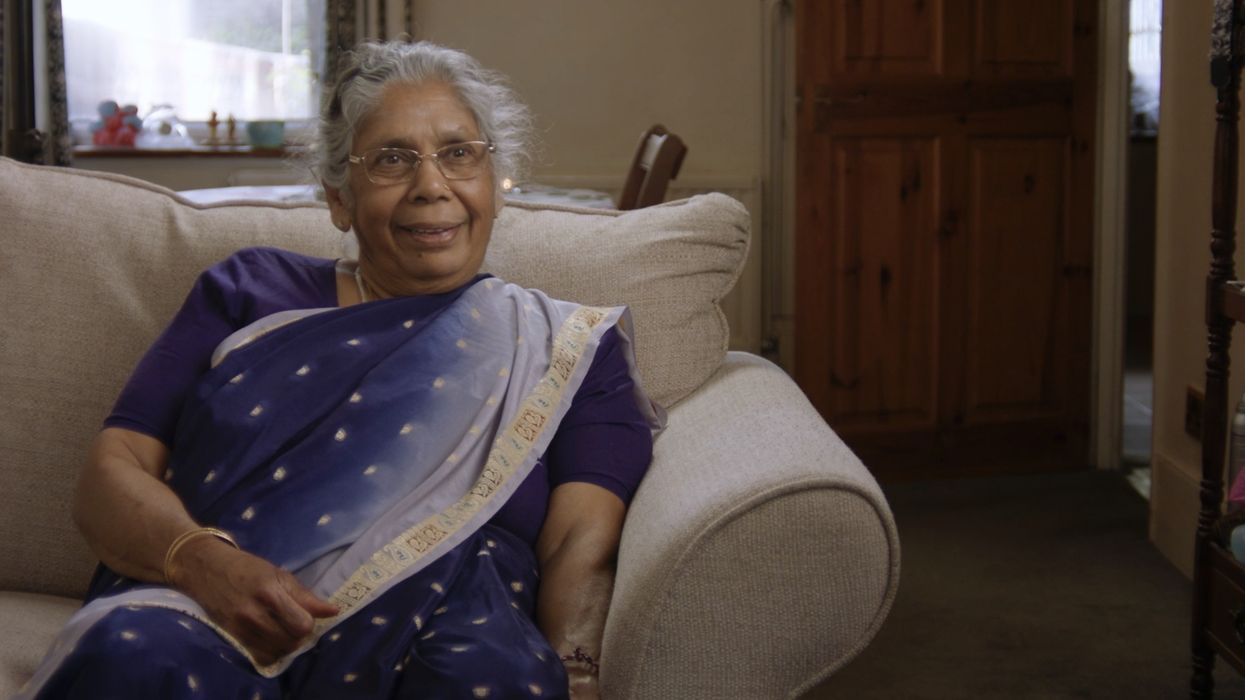
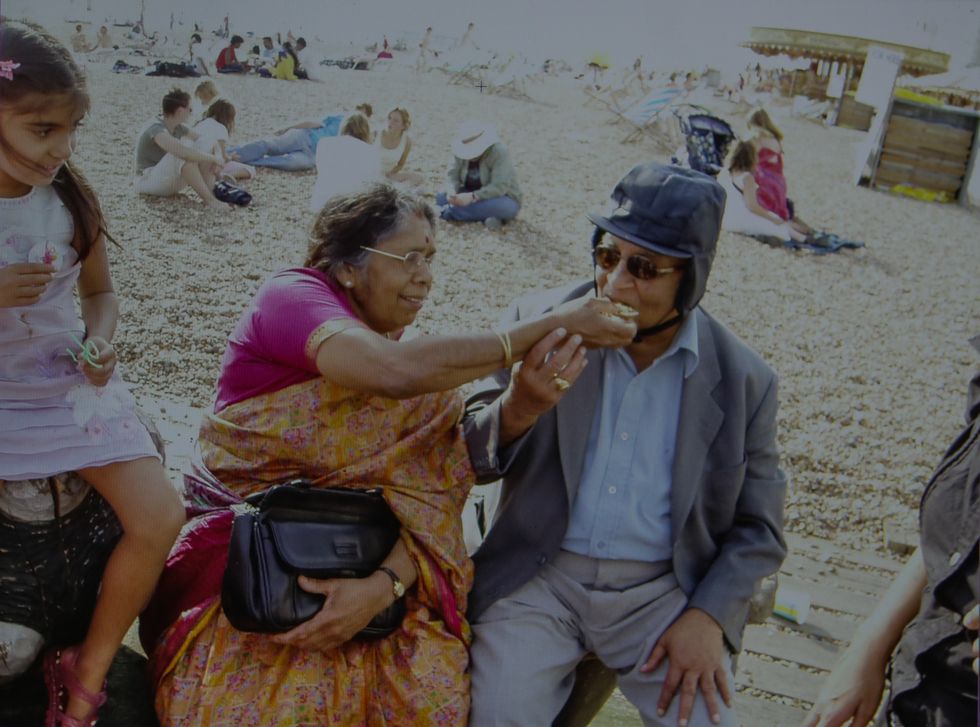 With her husband RS Amirthananthar
With her husband RS Amirthananthar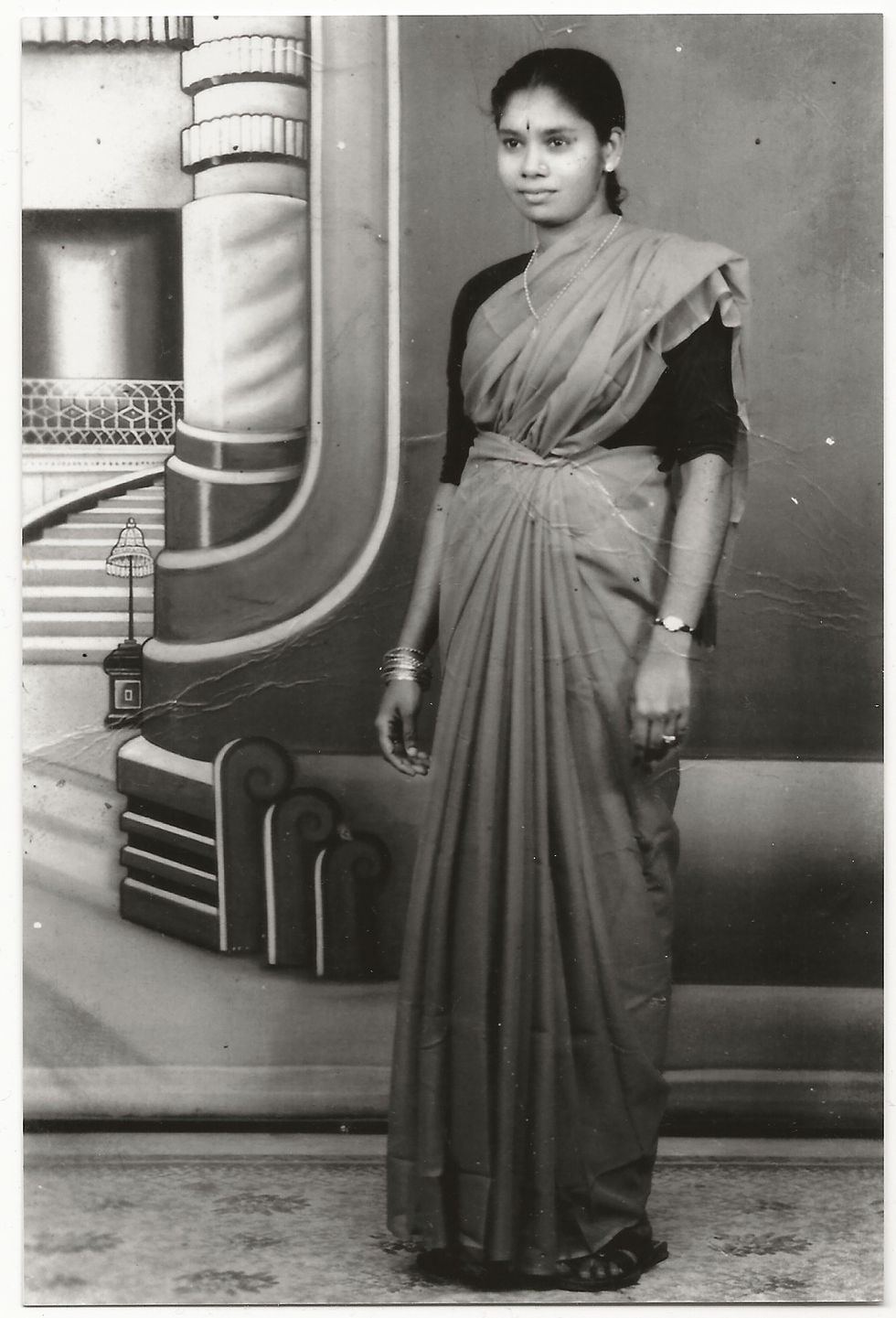 An old portrait
An old portrait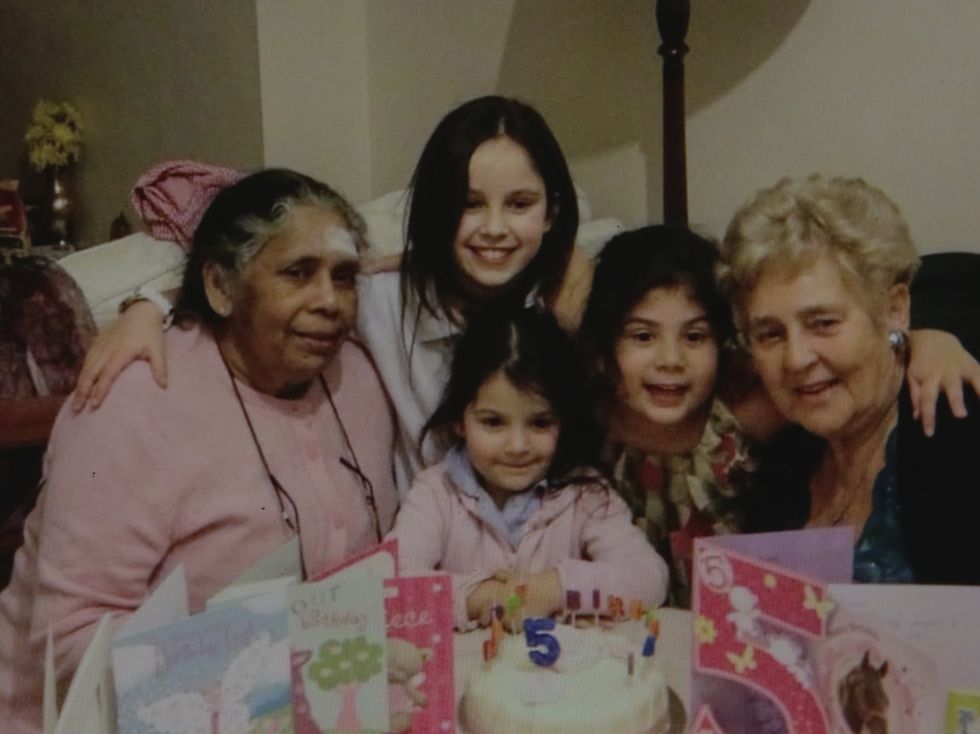 With her family
With her family






